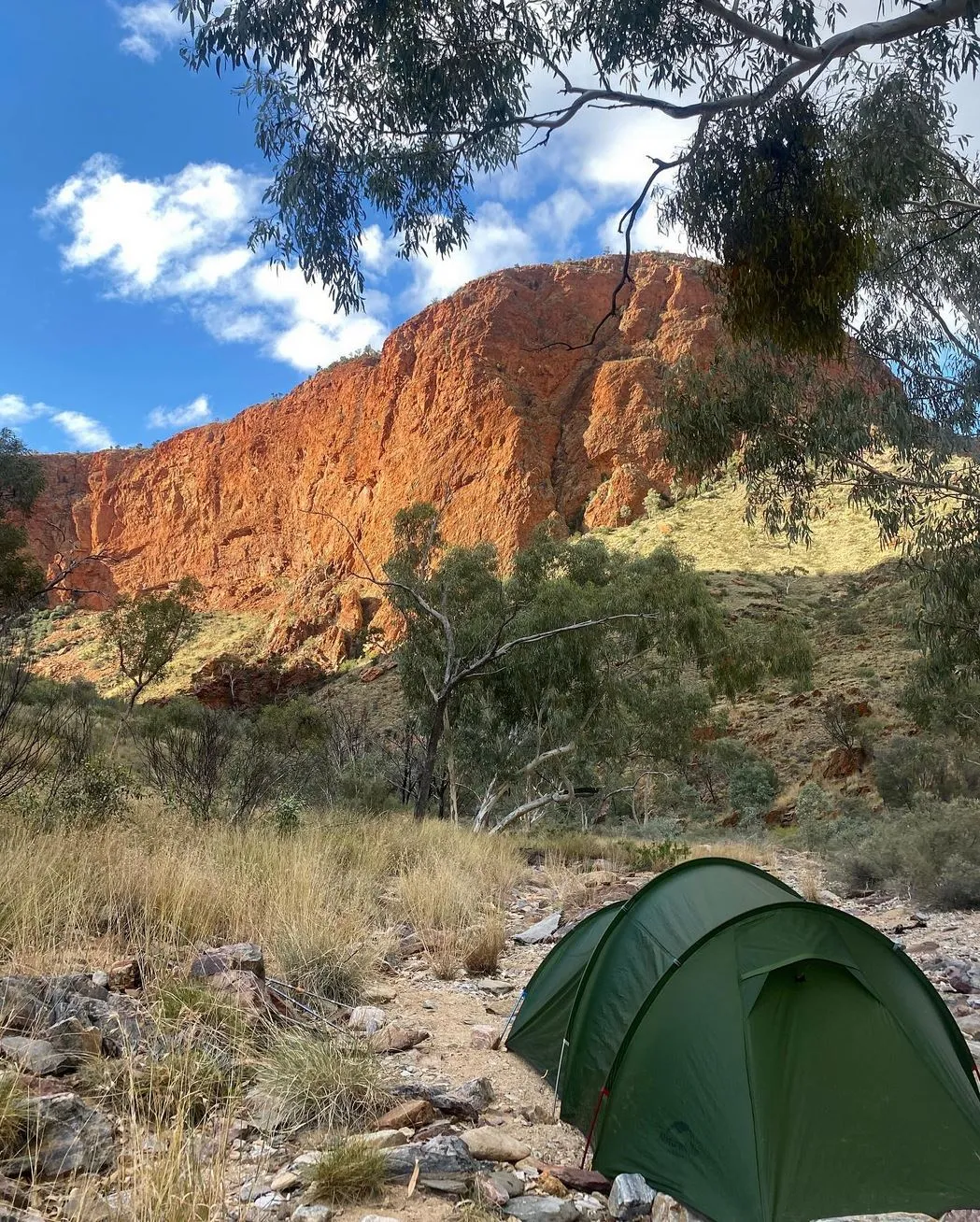The Larapinta Trail is one of Australia’s best hiking trails, 223km long through the West MacDonnell Ranges of Central Australia. This is a rough country with big gorges, high ridges and vast desert landscapes; it is a must-do for serious hikers. One of the most common questions for those planning to do this iconic walk is: Can you camp anywhere on the Larapinta Trail? In this article, we’ll cover the camping rules, the designated campsites, and all the important info on water sources, food drops and more so you can have a safe and enjoyable walk.
Camping Rules on the Trail
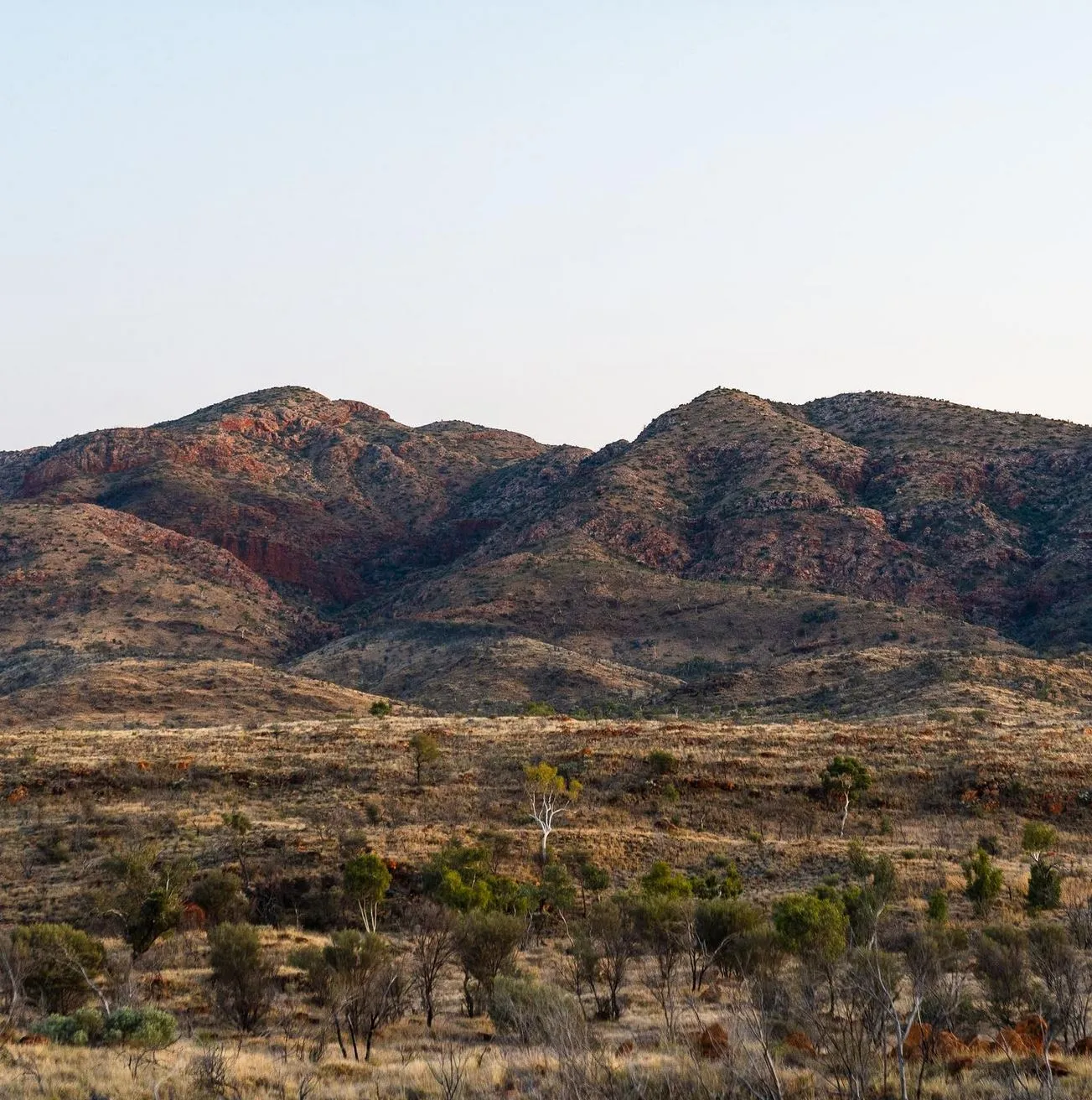
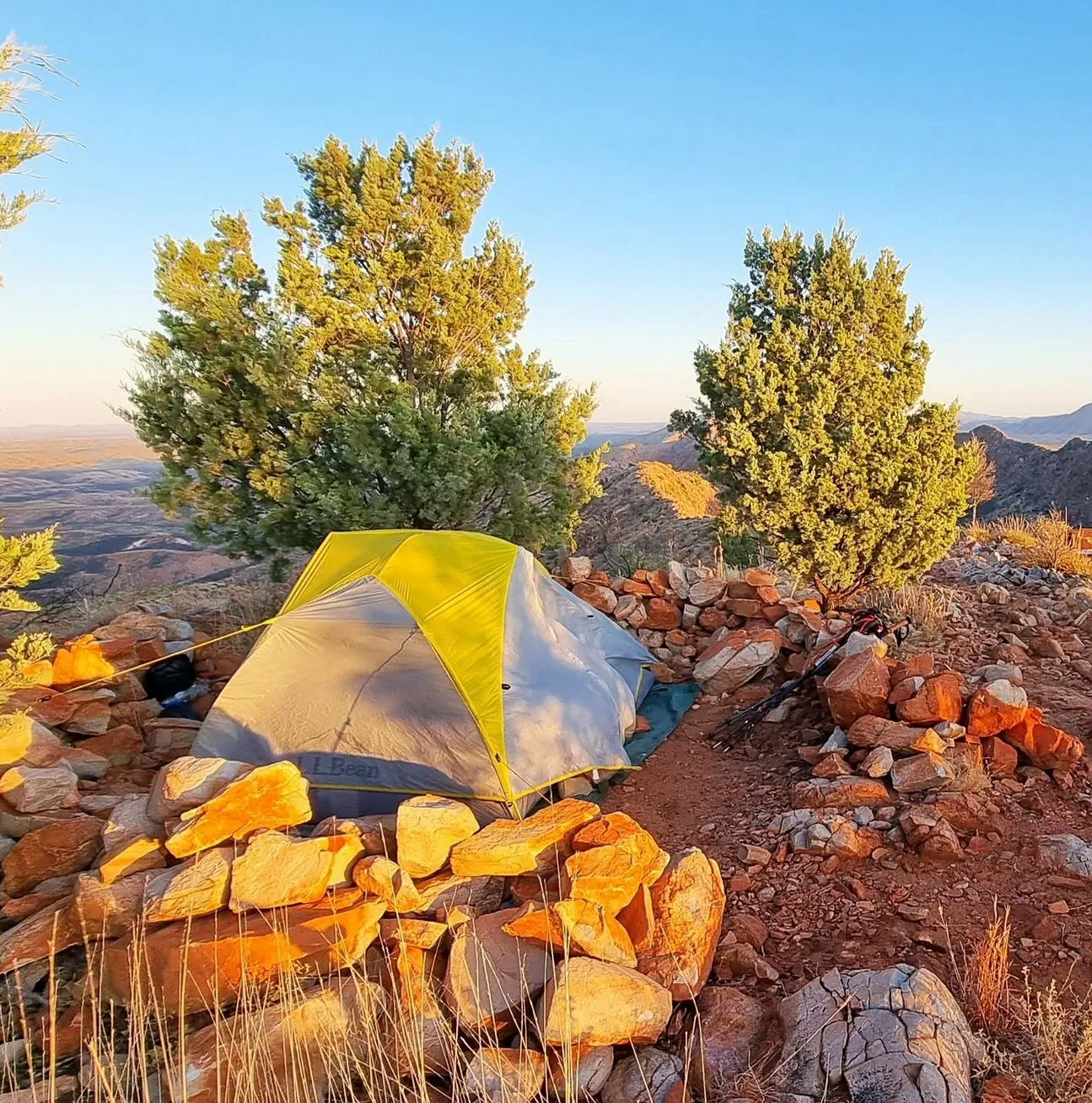
Camping on the Larapinta Trail is regulated by strict rules to protect the environment and hikers. While wild camping might seem appealing with the views of the rough landscape, there are a few key things to consider:
- Designated Campgrounds and Official Campsites
Camping on the Larapinta Trail is only permitted at official campsites. These campsites are along the trail and are designed to minimize the impact on the surrounding environment. Popular sites include Ormiston Gorge, Redbank Gorge, Ellery Creek, Simpsons Gap and more. At these sites, you’ll find water tanks, drop toilets, picnic tables and even food drop locations. - Camping Fees and Booking
Most campsites along the trail charge a camping fee, and it’s essential to book in advance, especially during the hiking season, which is April to October. Due to the popularity of the Larapinta Trail, booking spots at campsites like Hugh Gorge, Jay Creek, Serpentine Gorge, and Ormiston Creek well ahead of time is crucial to get a spot. - No Wild Camping or Off-Track Camping
While the idea of camping anywhere on the Larapinta Trail might seem appealing, wild camping is not permitted. The trail is in a protected area, and camping outside of designated areas can damage the land, disturb wildlife, and detract from the experience of other hikers. Stick to official campsites like Ellery Creek North, Rocky Gully, and Ghost Gum Flat, which are maintained and are responsible ways to make the trail. - Water Sources and Food Drops
Staying hydrated is critical on the Larapinta Trail. Most campsites have water holes, water tanks, and creek beds, such as Fringe Lily Creek and Hugh Gorge Waterhole, where you can get water. However, bring extra water in case these sources are dry or dirty. Many hikers also use food drop locations to lighten their load and have their supplies delivered to campsites like Ormiston Gorge or Rocky Bar Gap. Check for food boxes and food bags along the way.
Designated Camping Areas
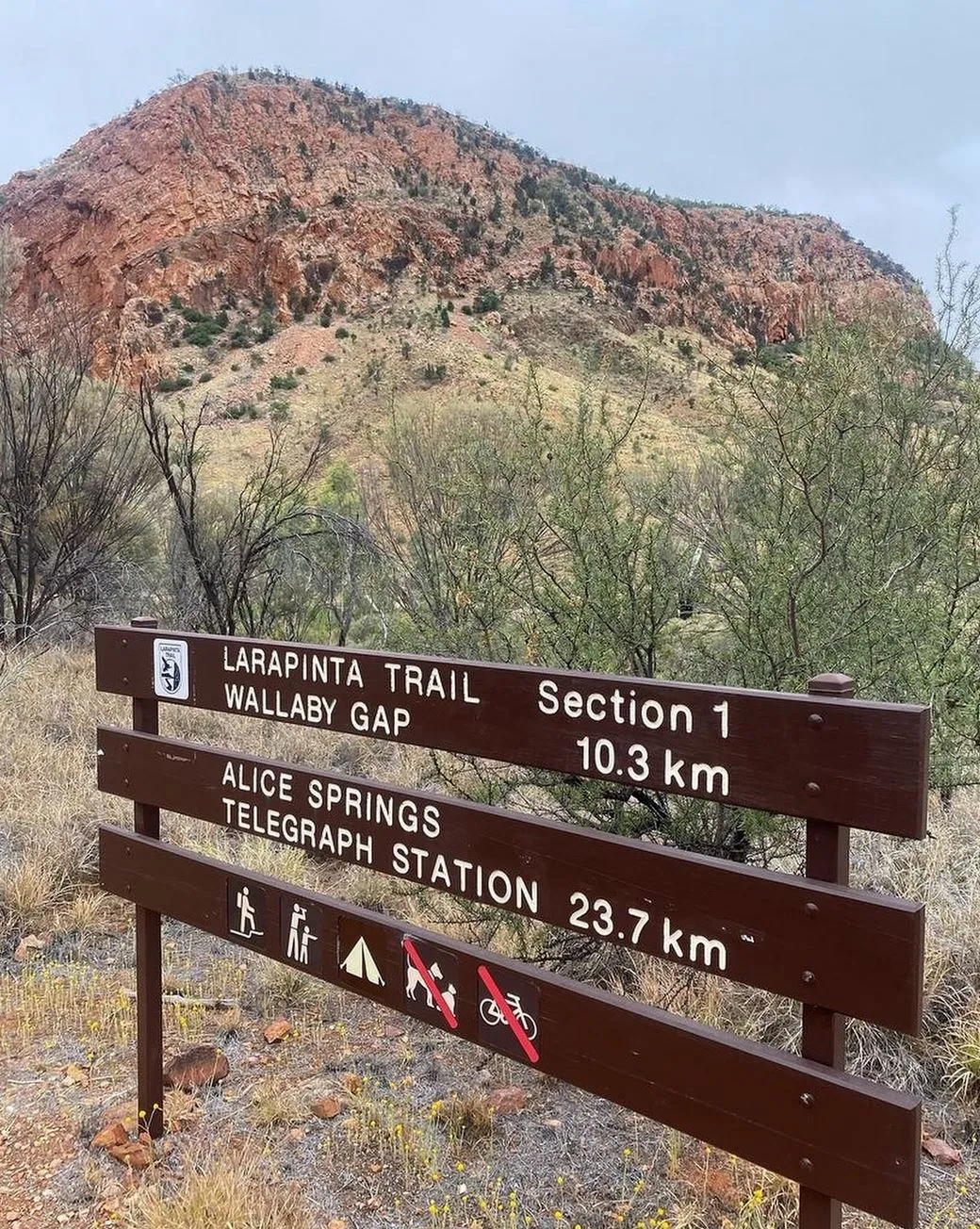
The Larapinta Trail has many designated campsites, each with its own unique features and facilities. Here are some of the best:
- Ormiston Gorge
In one of the most beautiful parts of the trail, Ormiston Gorge is a popular campsite with a water tank, drop toilet and access to the Ormiston Creek waterhole. Perfect for a swim after a long day of walking. - Ellery Creek South
Famous for the views and quietness, Ellery Creek South is a favourite of hikers. The site has campsites near water so it’s a great place to camp. - Redbank Gorge
One of the best parts of the Larapinta Trail, Redbank Gorge, is surrounded by cliffs and has a beautiful waterhole for a swim. It also has picnic tables and water tanks. - Hugh Gorge and Hugh Gorge Waterhole
These campsites are in a remote and beautiful spot so perfect for those who want solitude and nature. Hugh Gorge Waterhole is a peaceful place to swim and a great spot to take a rest day. - Serpentine Gorge and Waterfall Gorge
For a bit of a wilderness experience, Serpentine Gorge and Waterfall Gorge have great views and peaceful campsites. These sites have drop toilets and access to creek beds where you can rest and fill up your water. - Simpsons Gap and Rocky Gully
Simpsons Gap is a well-serviced campsite near waterholes, while Rocky Gully is more remote, with access to food drop boxes. Both sites are great for hikers who want to really explore the area.
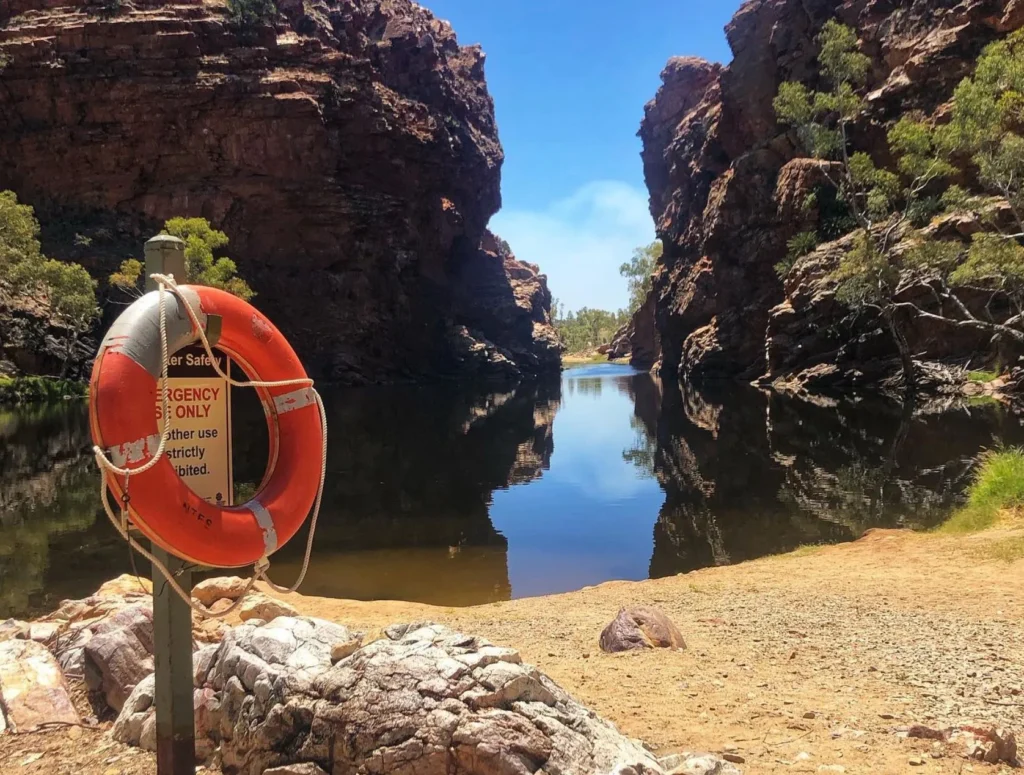
Rules and Tips
As mentioned above, wild camping is not allowed on the Larapinta Trail to protect the landscape and environment. But there are many official campsites like Rocky Bar Gap, Spencer Gorge and Glen Helen that have facilities and access to water. These sites allow hikers to enjoy the trail while minimising their impact.
Essential Tips for Camping on the Larapinta Trail
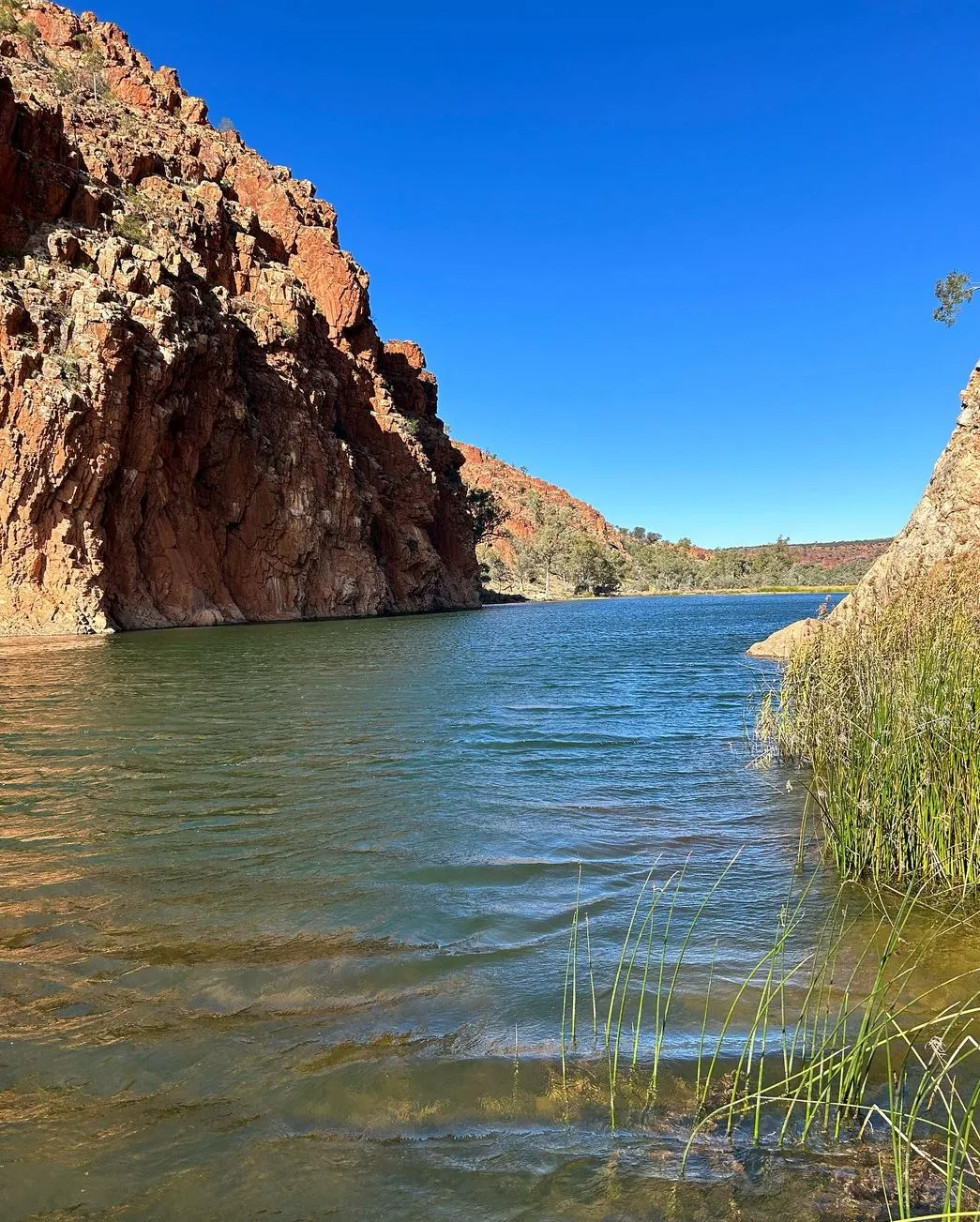
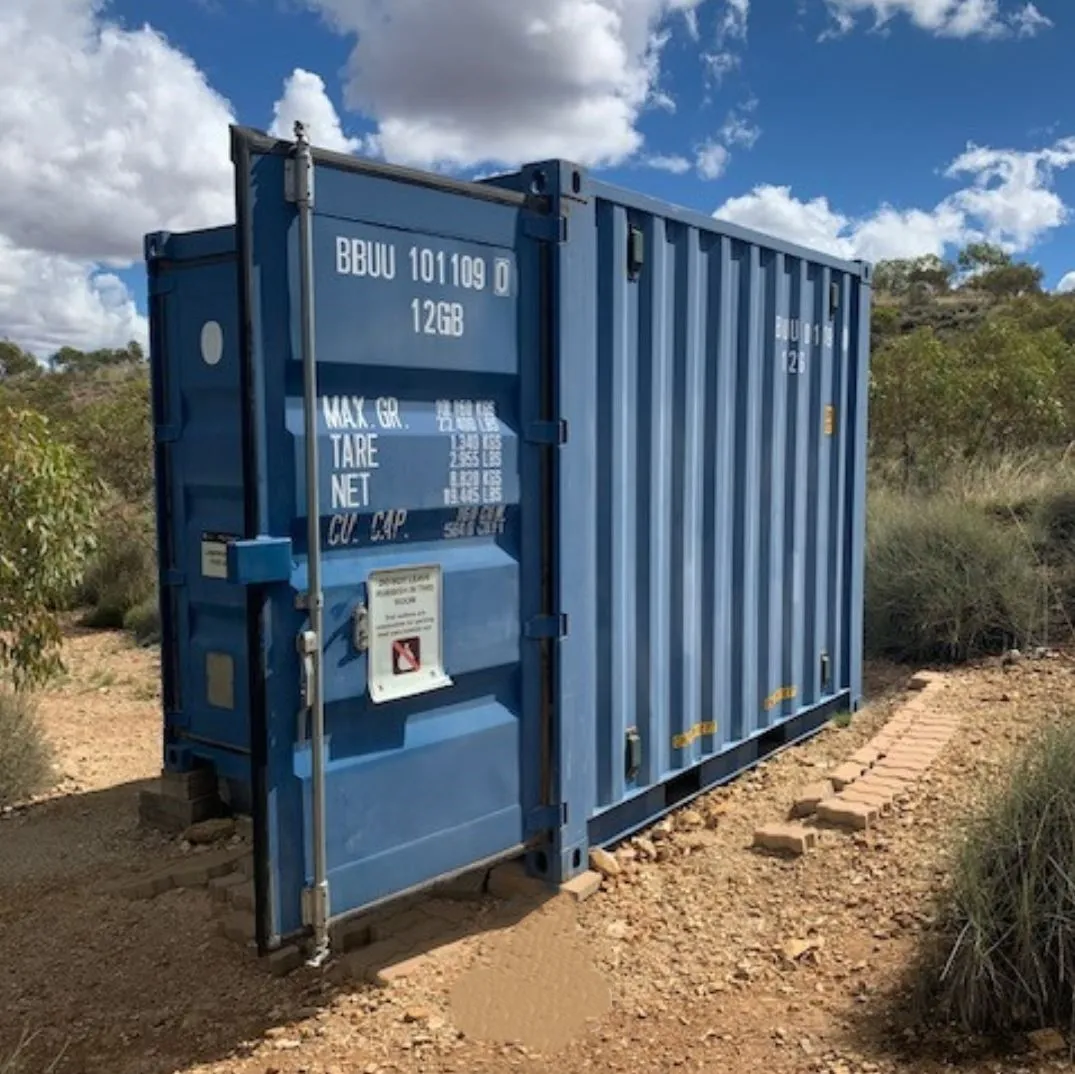
- Plan Ahead
Book your campsites and arrange food drops or water resupply points before you head out. Popular campsites like Ellery Big Hole, Millers Flat and Pioneer Creek fill up fast, so book early. - Bring Enough Water and Supplies
Carry enough water to get you through sections without water. In some areas, you may have to hike for miles without creek beds or waterholes. Use hydration packs, water bottles or even extra water to stay hydrated during the hike. - Look After Your Rubbish
Many campsites along the Larapinta Trail have drop toilets but still carry toilet paper, wet wipes and other essentials. Leave no trace of your visit by disposing of your waste properly. - Extra Rest Days and Slow Hikers
If you’re not an experienced hiker or have a slower pace, plan for extra rest days at campsites like Ghost Gum Flat, Counts Point or Bond Gap. These are great places to chill and take in the views. - Safety and Emergency Gear
The Larapinta Trail is remote and tough, so carry a head torch, hiking poles and a first-aid kit. Also, consider bringing an air mattress and trail runners for the rocky bits. - Take in the Views
As you walk through Mount Giles Lookout, Euro Ridge, and Finke River, take time to enjoy the scenery. These are great spots to stop and have the best views of the whole trail.
Conclusion
Wild camping is not permitted on the Larapinta Trail, but there are many official campsites along the way that can accommodate you for a comfortable and responsible hike. From Ormiston Gorge to Razorback Ridge, the designated campsites are well-equipped and have access to water and food drop points. With some planning, you can have this amazing adventure across one of Australia’s most beautiful landscapes.
For those who want to hike the Larapinta Trail without the hassle of logistics, a Larapinta Trail Tour can provide guided support, transport and even food drops so you can focus on the views and the hiking.
FAQ
Can I camp anywhere on the trail?
No, camping is only allowed at designated campsites.
Do I need a permit to camp on the trail?
Yes, most campsites require a permit, and bookings are essential during the hiking season.
Where can I get water on the trail?
Water is at campsites such as Ormiston Gorge, Redbank Gorge, Hugh Gorge, Ellery Creek, etc.
Can I get food drops?
Yes, food drops are available at campsites such as Rocky Gully and Ormiston Gorge, where supplies can be delivered in advance.
What should you bring for camping on the trail?
Water bottles, hiking poles, head torch, food bags, camping gear (air mattress, toilet paper, wet wipes etc)
